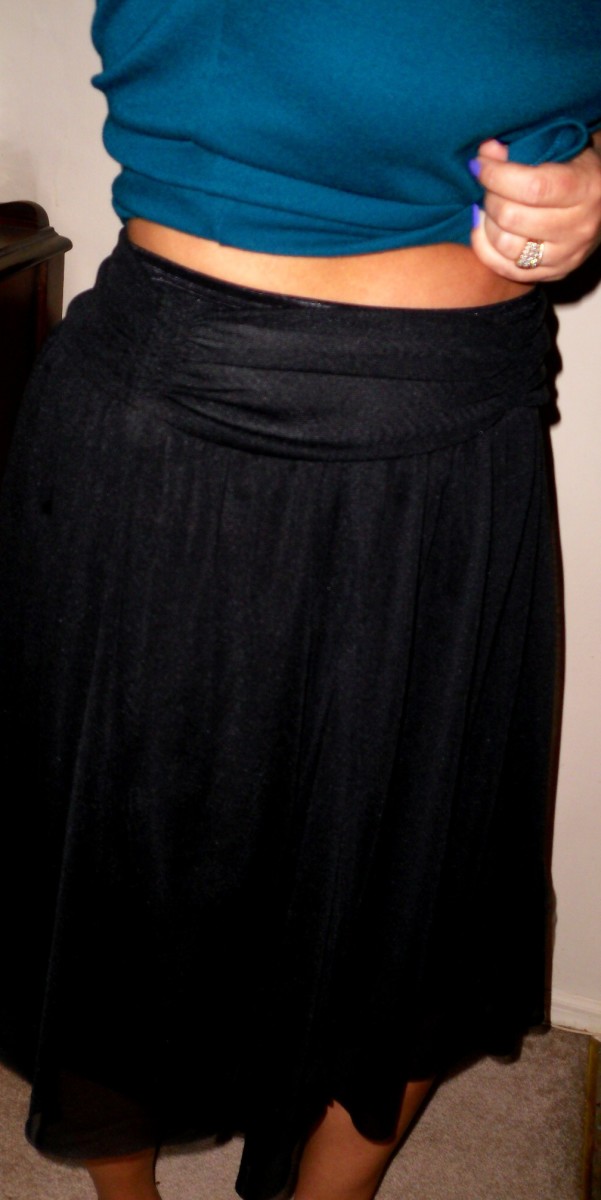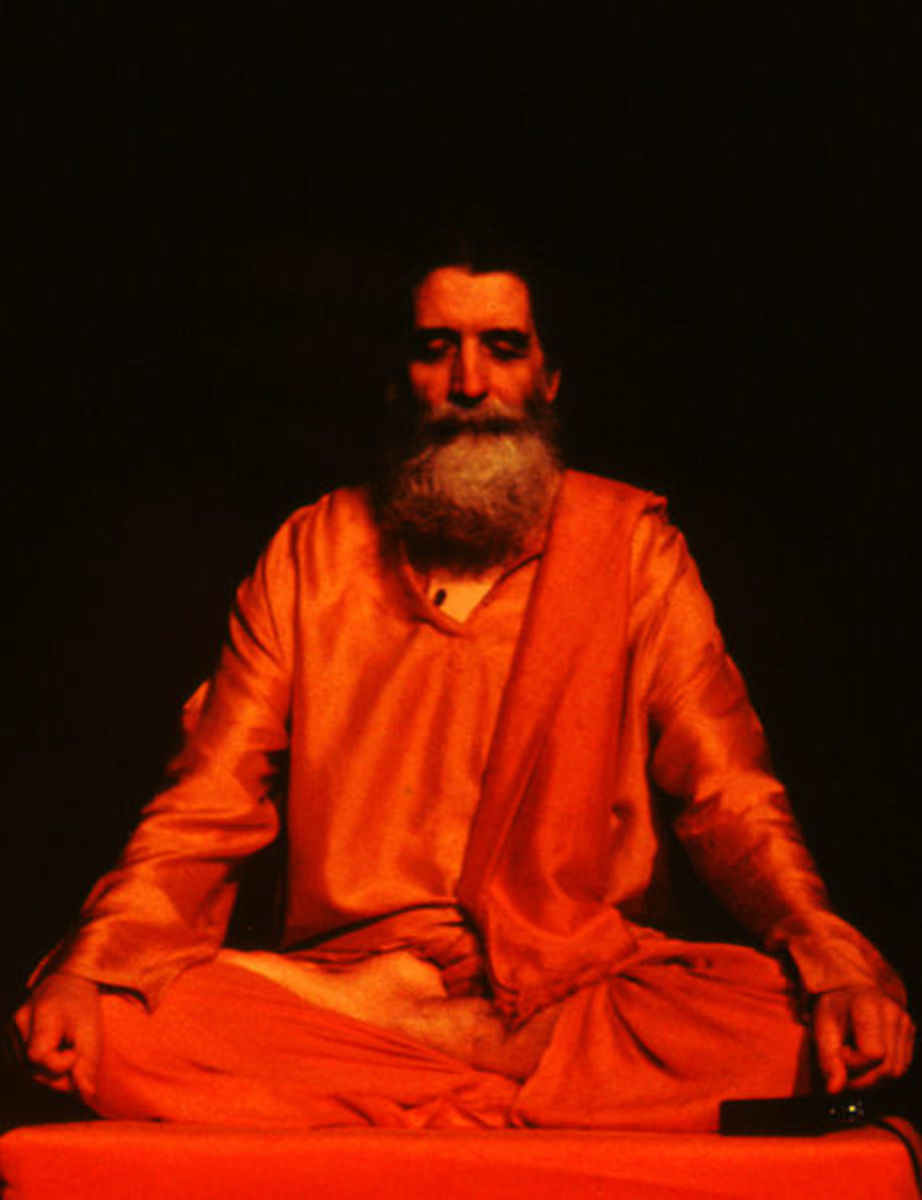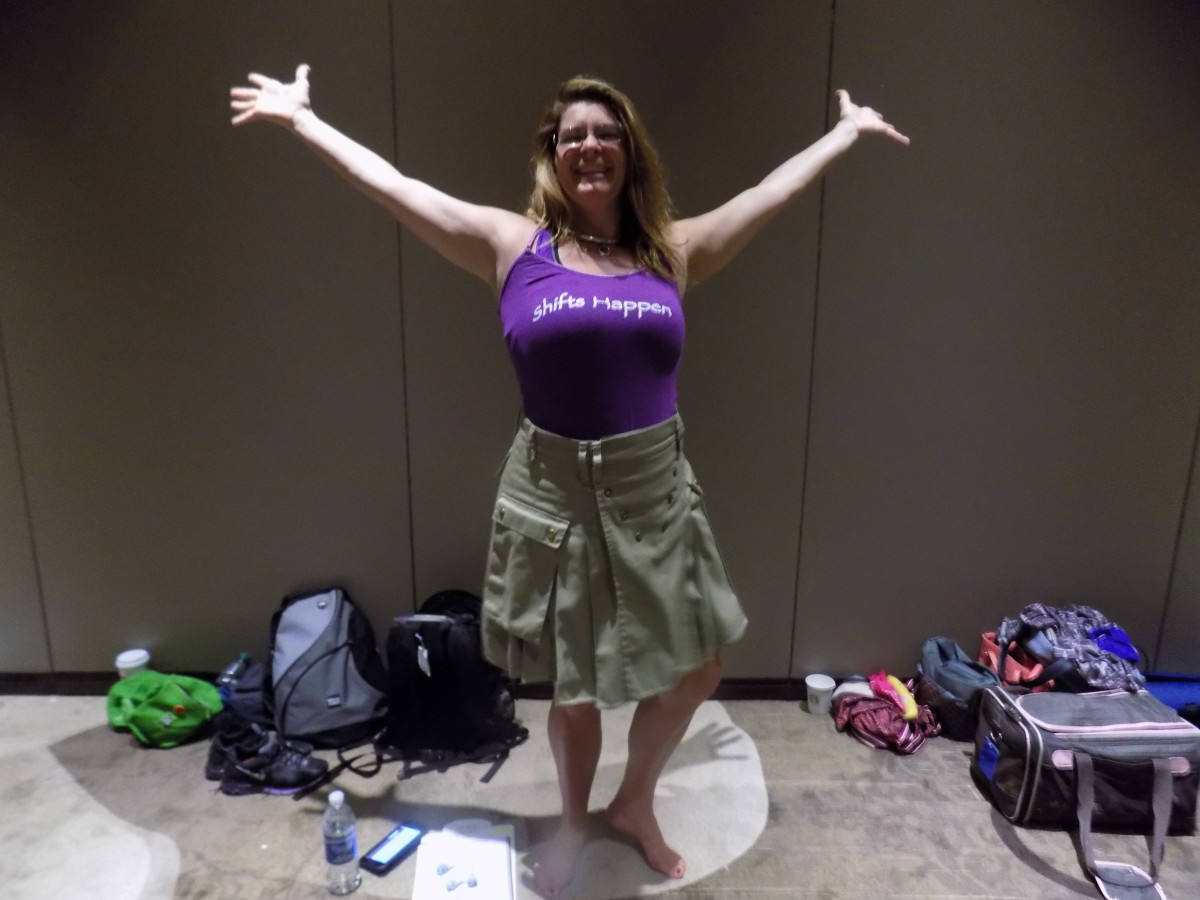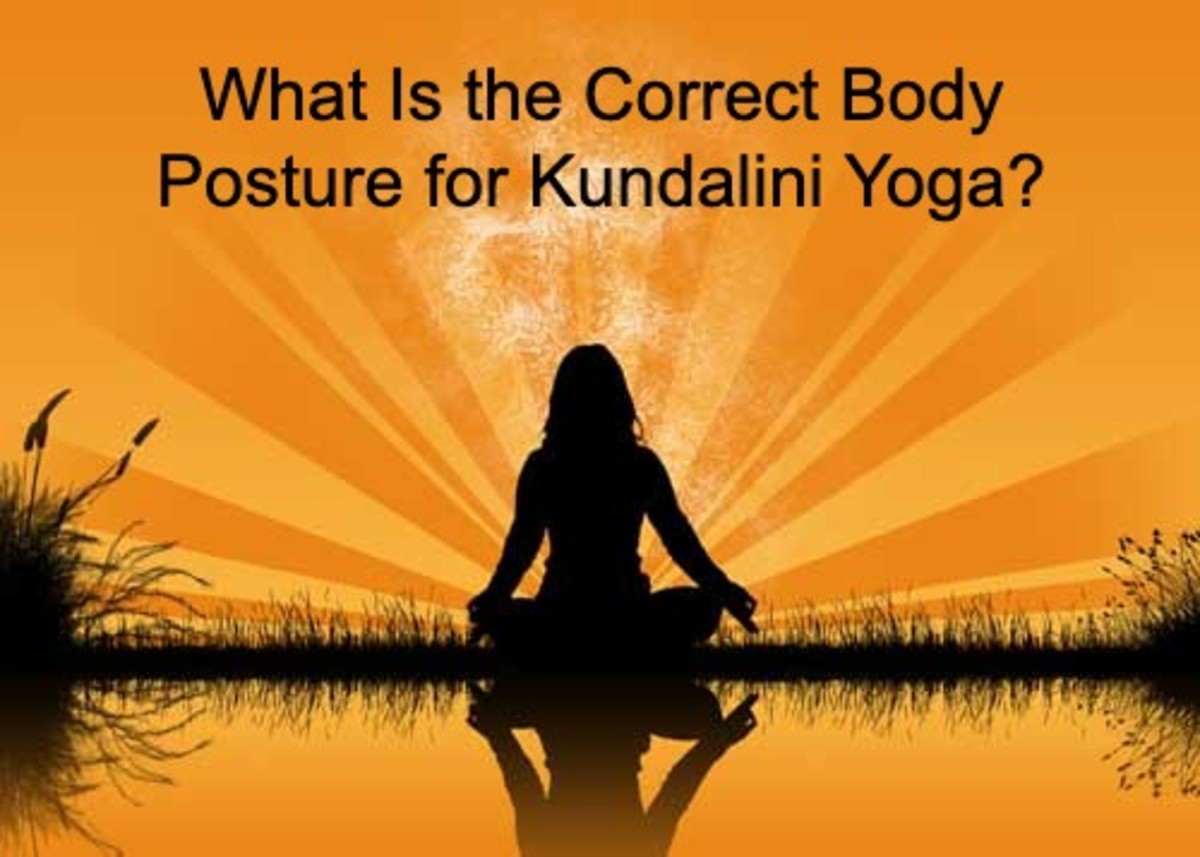Yoga of Sleep: Basic Tips

Of a Substance Strong Enough
Dreams are great, you say,
for nighttime - like wispy clouds
that disappear at noon.
But I say dreams
are spit and fiber
spun and thrown
like spiderwebs - filmy filament
which sticks mid-air
catches and holds tight enough
for you to climb, run, live
(nest your babies on)
and yet,
still make it there.
Joanna J. McKethan
Wake, deep sleep without dreams and sleep with dreams are three states, in which most of the people learn about the reality. Understanding the essence of these states is very important as far as practising some yogas is concerned, such as the yoga of sleep.
Wake is the state, in which we are most of the time. All that is related to the social life, external activity and realization of inner potential, happens to a person in the state of wake. It is taken for granted that the state of wake is perceived by the majority of people as natural, some starting point. We have the impression to plunge into deep sleep from the state of wake, and then into the sleep with dreams. And then we go back to the wake.
But yogas of border states teach us that, actually, wake is only one of the three states, which are equal to each other.
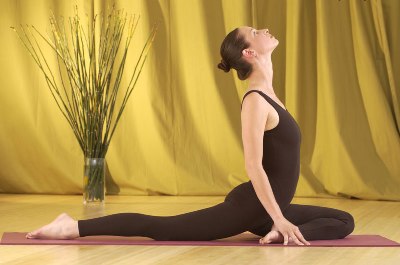
To be no-one and to be nowhere
When we go to sleep, the first state that we drop in is called in yoga deep sleep without dreams. During the day our mind gets so tired that it simply switches off. Information stops coming from senses, thinking apparel is absent and even the feeling of the "self" is absent. Deep sleep resembles the state of samadhi which is the higher level of a concentrated meditation, when the individual "I" feeling dissolves in the endless absolute. Only when samadhi is experienced as the consequence of yoga exercises, can we stay conscious even though our states change. And this very experience can change our life essentially and even change our ways of perceiving the reality.

Consciousness and control
Many people perceive the events and other phenomena that take place around them as something that goes without saying, never doubting if they are adequate. And very often this is explained by the fact that we do not even think about the reality, being absorbed by our thoughts and experiences. Thus, we become pawns in the claws of our thoughts. To develop a higher level of consciousness and to attain the experience of conscious dreaming, some exercises can be recommended.
Consciousness and control are different notions. Being conscious does not mean controlling. This means being a witness, who is watching in a detached way the surrounding events but who never gets involved in them.
Controlling is more like being too involved. If we tend to control all the events around us, this may only lead to the loss of consciousness.
These notions must be distinguished even in meditation. Many people practising yoga confuse observation of thoughts and their control. And instead of being constantly aware of the object of meditation, they try to apply efforts to make one of the thoughts more active and destroy other thoughts. As a rule, this leads to an opposite result, and disappointment in meditation. The same thing concerns not only the time that is specially found for this practise, but also every moment of our life.
Being conscious does not mean to put a firm control on every thought and emotion, but to observe them. But this means to always be an observer. And, as a result, the control will follow the awareness. Realizing the phenomena that are separate from human being leads us progressively to the detachment from what we are really not. To fight ourselves, trying to correspond to certain rules and criteria, is not the same thing as being conscious of our detachment from our own body, thoughts and emotions, and realizing our personal awareness as managing these structures. The second thing is much easier to achieve.

Exercises increasing consciousness
Sleep with dreams is not a different reality that we find ourselves in when we fall asleep. It is rather another facet of the whole and indivisible reality that we cognize from a different state. When we look at the world through a colorful glass, we hardly think about the change of colors. It is clear that the world hasn't changed, but our perception has. It is true for the state of sleep also.
If we exercise our consciousness when we are awake, this will also have an impact on our dreams. When we increase our consciousness in the daytime, this will certainly make our dreams more deliberate. As a result, this leads to the fact that a person does not get involved in the events as it used to be before, always staying a little detached. We can even be able to notice the abnormalities in the dreams, and to understand that it is a dream we are seeing.
We perceive the reality through five organs: eyesight, hearing, smell, touch and taste. Essentially, these are only streams of information that come to our mind. Paying attention to each of these streams separately and all of them together is an exercise. When you only start practising yoga of sleep, this exercise is very important. It not only allows to level up the consciousness and awareness of the reality, but also to penetrate the nature of our own perception deeper. These exercises contribute to a person's detachment from the process of perception and bring us to a deeper understanding of our own essence.
It is comfortable to combine these techniques with any of yoga poses, but it is not necessary. We can also do these exercises sitting in a comfortable armchair as well as while walking, sitting in a bus or any time when we remember them.

Becoming aware of the visual flow
You need to close your eyes and keep them closed for several seconds. Imagine you are a baby who is going to see the world for the first time. Let this thought penetrate you, envade you entirely, and then open your eyes slowly. Let the flow of visual information invade your eyes. Be attentive and conscious. Try to absorb the beauty of the surrounding pictures. Keep your attention on the surrounding images. At first, you do not need to focus on anything: just perceive the reality as a whole picture, looking around. Then let your eyesight stay on some interesting objects. Then absorb every detail and every line. Let your eyes enjoy the process of perception.
At the end of the exercise, close your eyes again, and direct your attention to the images you've seen.

Becoming aware of sounds
Your eyes are closed. At the start, you may inhale deeply and then while exhaling you produce the sound mmmm... This will ease the shift of attention to the hearing experience.
When you stop saying this sound, start paying attention to the sounds around you. Let it be a whole flow at first. Listen to everything that produces sounds. Imagine you are a baby who only starts hearing. Let the magic of sounds invade you. Then you need to distinguish separate sounds from the general flow, focusing your attention on them.
When you stop enjoying the sounds, listen to the sound of your own breath.
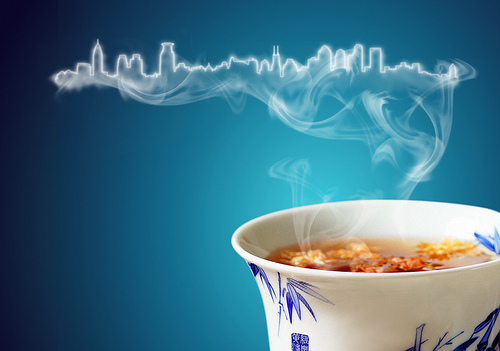
Becoming aware of smells
We pass from sounds to smells slowly. Every time we inhale, smells invade us. Even though you may feeling nothing at first, let your feelings guide you and keep on breathing. You will very soon notice that we are surrounded by tons of smells. Be aware of them as one whole thing at first, and then focus your attention on separate aromas.
Becoming aware of the touch
Shift your attention to the feelings on the finger tips. These are ones of the most sensitive receptors. Touch something with them. Touch the surrounding objects, your own clothes and skin. Try to feel different qualities: warm, fluffy, soft. Let your mind concentrate on the touch only. Enjoy through your finger tips.

Becoming aware of the taste
If you have the possibility to put something in your mouth - do it. Put there a piece of an apple or a candy. But do not be in a hurry to chew this and swallow. Try to keep it in your mouth for a longer time, sucking and absorbing all the shades of taste. Let your mind fully concentrate on the sensations of your tongue. Realize them, as you would realize the continuous flow of the sensations of taste.
You can use your imagination in this exercise, if there is no possibility to experience sensations of taste. For example, imagine the taste of chocolate or lemon. Recreate these feelings in your mind and concentrate your consciousness on them.
Being aware of all the sensations at once
And now let all the sensations of the eyesight, hearing, touch, taste and smell invade your mind in one flow. Be aware of everything that comes to your mind from all the senses. Be aware of yourself as a side observer of your senses.
The length of all the exercises can be different depending on how long you are ready to go for your sensations. It is better not to define a certain time for the practise but just trust your necessities and feelings.
This practise must become regular. The more often you use it, the higher is the level of consciousness.

